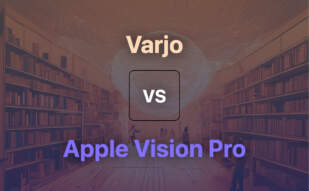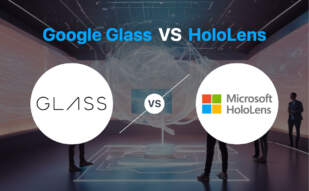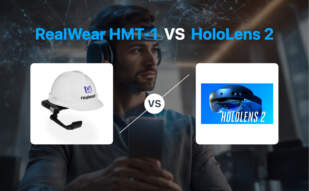For immersive, high-resolution VR/AR experiences, choose Varjo, with its superior visual fidelity and application for professional industries such as aviation and automotive. Opt for HoloLens for versatile MR solutions with seamless Azure integration and wider usage in diverse sectors including healthcare and education.
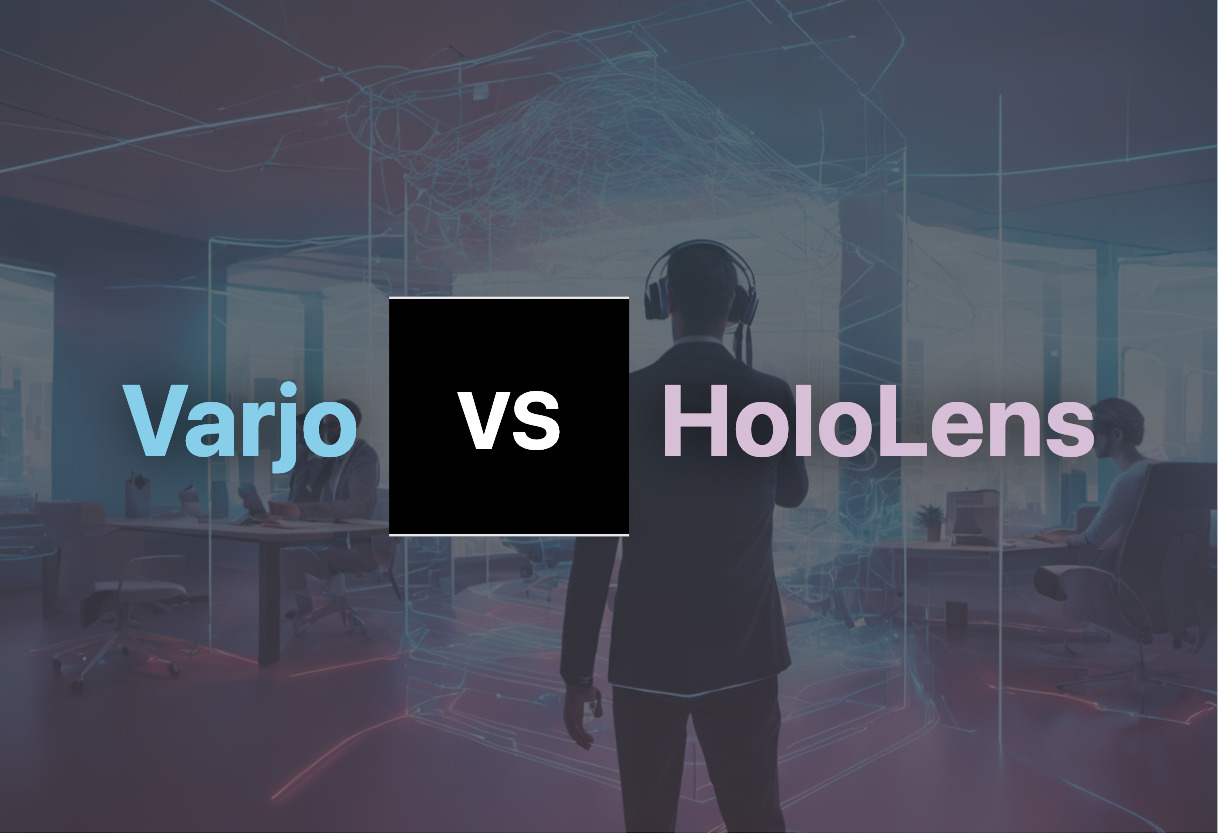
Key Differences Between Varjo and HoloLens
- Caters to different sectors: Varjo is favoured by professionals needing accurate simulations while HoloLens finds broad applications across sectors.
- Resolution: Varjo boasts highest-resolution devices. HoloLens focuses more on functional features.
- Integration: HoloLens integrates effortlessly with Microsoft’s ecosystem including Azure, enhancing usability.
- Hardware: HoloLens is designed for hands-on work and can integrate with hardhat systems for safety— a plus for industrial applications.
| Comparison | Varjo Technologies Oy | Microsoft HoloLens |
|---|---|---|
| Initial Release | Varjo VR-1: February, 2019 | HoloLens: 2015 |
| Latest Release | Varjo Aero: 2021 | HoloLens 2: Current |
| Specialty | High-resolution VR, AR, MR devices | Mixed reality smart glasses |
| Features | High-resolution display, camera-synthetic imagery fusion | Holograms, voice control (Cortana), integration with Azure cloud, biometric recognition, eye tracking |
| Top Applications | Data visualization, design reviews, AR-enabled instructions | Education, remote maintenance, 3D modeling, surgery planning |
| Pricing | Higher Cost | Standard: $3500, Industrial: $4950 |
| Funding | $162.5M over 9 rounds | Self-funded by Microsoft |
| Key Competitors | Microsoft HoloLens 2 | Varjo VR, AR, MR headsets |
| Target Users | Aston Martin, Boeing, Lockheed Martin, Audi, Volvo Cars, Siemens | Various sectors (healthcare, manufacturing, education) |
What Is Varjo Technologies and Who’s It For?
Varjo Technologies or Varjo, originated in Finland, is a pioneering manufacturer renowned for its superior VR, AR, and MR headsets. Established in 2016 by ex-lead executives from Nokia and Microsoft, the company has since its inception, dedicated its focus towards the development of high-resolution devices exhibiting human-eye comparability. Notably, Varjo’s comprehensive product portfolio consisting VR-1, XR-1 Developer Edition, XR-3, VR-3, and recently launched Aero are backed by substantial venture capital funding upwards of $100 million.
Primarily, Varjo technologies cater to heavy-industry forerunners and research contributors such as Aston Martin, Boeing, Lockheed Martin, Audi, Volvo Cars, and Siemens. The retinal resolution devices figure distinctively in training astronauts, pilots, nuclear power plant operatives, automotive design, and frontline research conducted in the domain.
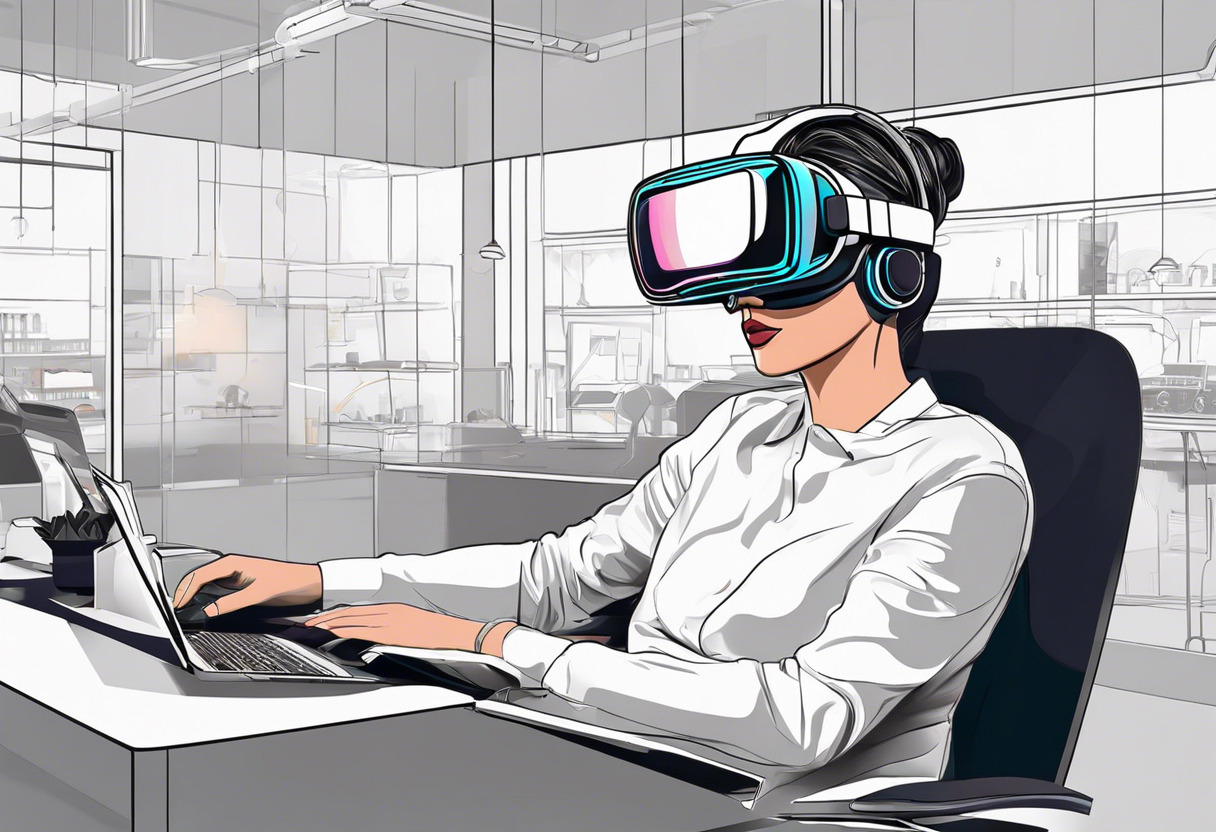
Pros of Varjo Technologies
- High-resolution devices driving unparalleled clarity
- Wide assortment of VR, AR, and MR device range
- Regarded for training astronauts, and pilot training among other high-stake enterprises
- Strong financial backing
- Spectacular customer alignment featuring industry leaders.
Cons of Varjo Technologies
- High cost associated with devices such as Varjo Aero
- May be beyond the reach of lower-budget institutions, limiting the wide-scale adoption.
What Is Microsoft HoloLens and Who’s It For?
Microsoft’s HoloLens pioneered the projection of mixed reality, and is credited for enhancing productivity across numerous sectors such as healthcare, manufacturing, and education. Since the release of HoloLens headset in 2015, the subsequent launch has seen HoloLens 2 harnessing enterprise-suited applications to escalate user accuracy and output. The HoloLens offering includes two versions- the standard and Industrial Edition- designed to span across diverse work environments including clean rooms and hazardous venues.
HoloLens finds application across different industries, from healthcare firms leveraging hologram visualizations to provide patient explanation to military applications in combatant training. Applications also span across educational purposes for medical and science, 3D modeling, software design tools, and remote troubleshooting. Microsoft HoloLens proves compatible with Trimble’s SketchUp Viewer, Microsoft Teams, and Autodesk’s FreeForm software, facilitating a wide range of usability.

Pros of Microsoft HoloLens
- Impactful augmentation of productivity across various sectors
- Application in diverse work environments
- Broad industrial usability
- Compatibility with other software solutions for expansive applications.
Cons of Microsoft HoloLens
- High cost may hinder widespread adoption
- Requires constant developments to stay ahead in the competitive AR market.
Struggling to choose? Varjo or HoloLens?
Choosing between Varjo and HoloLens is not trivial. Both heavyweights in the AR/VR realm, their feature-rich capabilities appeal to various audience segments.
Advanced User – High Precision and Performance Demand
In the high-precision professional field, where clarity is paramount, Varjo, with its retinal resolution devices, qualifies as an apt choice. From training astronauts to nuclear power plant operators, the Finnish firm’s impressive technological solutions prove critical. Furthermore, when leveraging the new Varjo Reality Cloud platform, professionals can stream VR/XR applications from the cloud with lossless visual fidelity.

Budding Developer – Seamless Integration and Affordability
For the emerging developer seeking cost-effective yet comprehensive technologies, HoloLens graciously fills in. It offers easy integration with the robust Microsoft Azure cloud services, enhanced by features like immersive spatial audio technology and biometric recognition. Coupled with price options from $3,500 or a more advanced version at $4,950, HoloLens presents a compelling case.

Industry Leader – Fusion of Novel and Proven Practices
Established industry leaders, aiming to optimize design processes, can confidently turn to Varjo’s high-resolution VR devices. It bridges the gap effectively between innovative practices and proven methodologies, with investment backing from tech giants like Foxconn and Volvo.
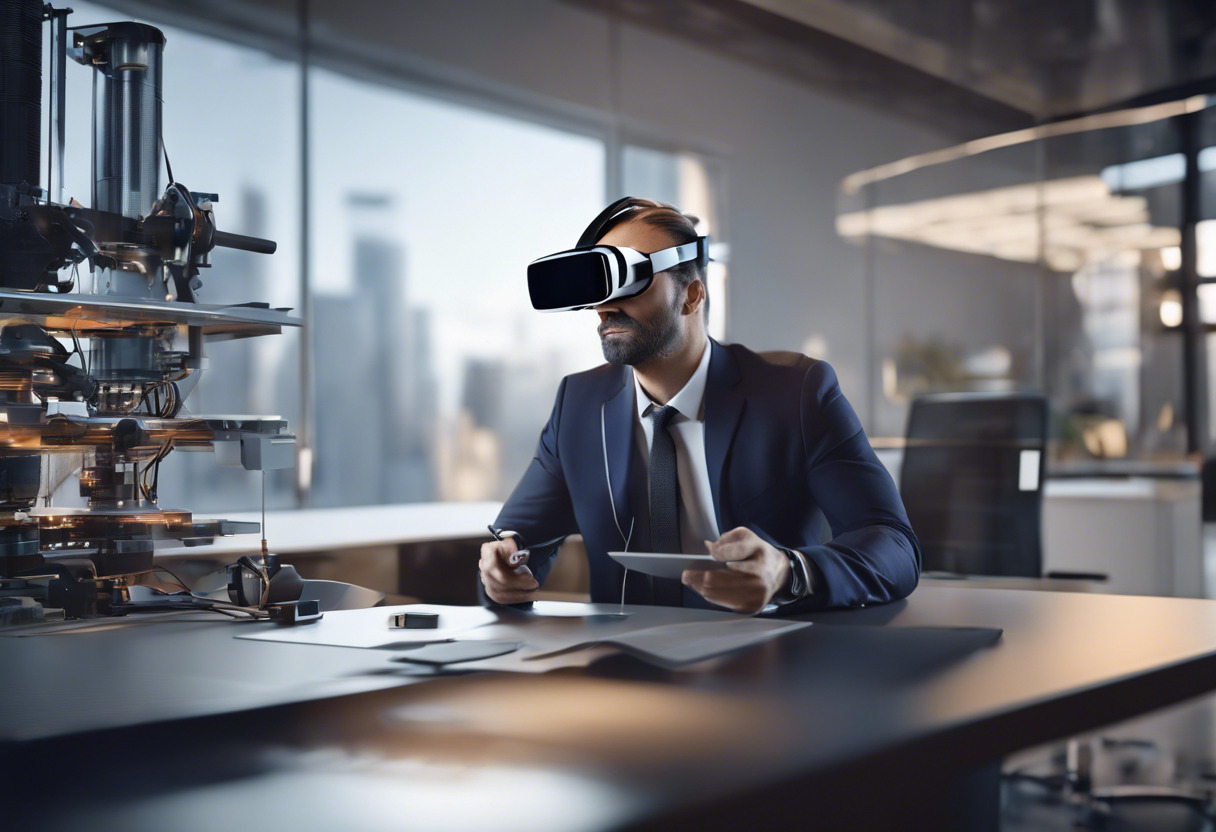
Ultimately, the choice between Varjo and HoloLens depends on your specific requirements. However, if fidelity and specialization are your top priorities, Varjo takes the lead. Conversely, for broader applications and seamless software integration, HoloLens is your bet.
Patrick Daugherty
Content writer @ Aircada. Merging AR expertise with a love for late-night gaming sessions.



